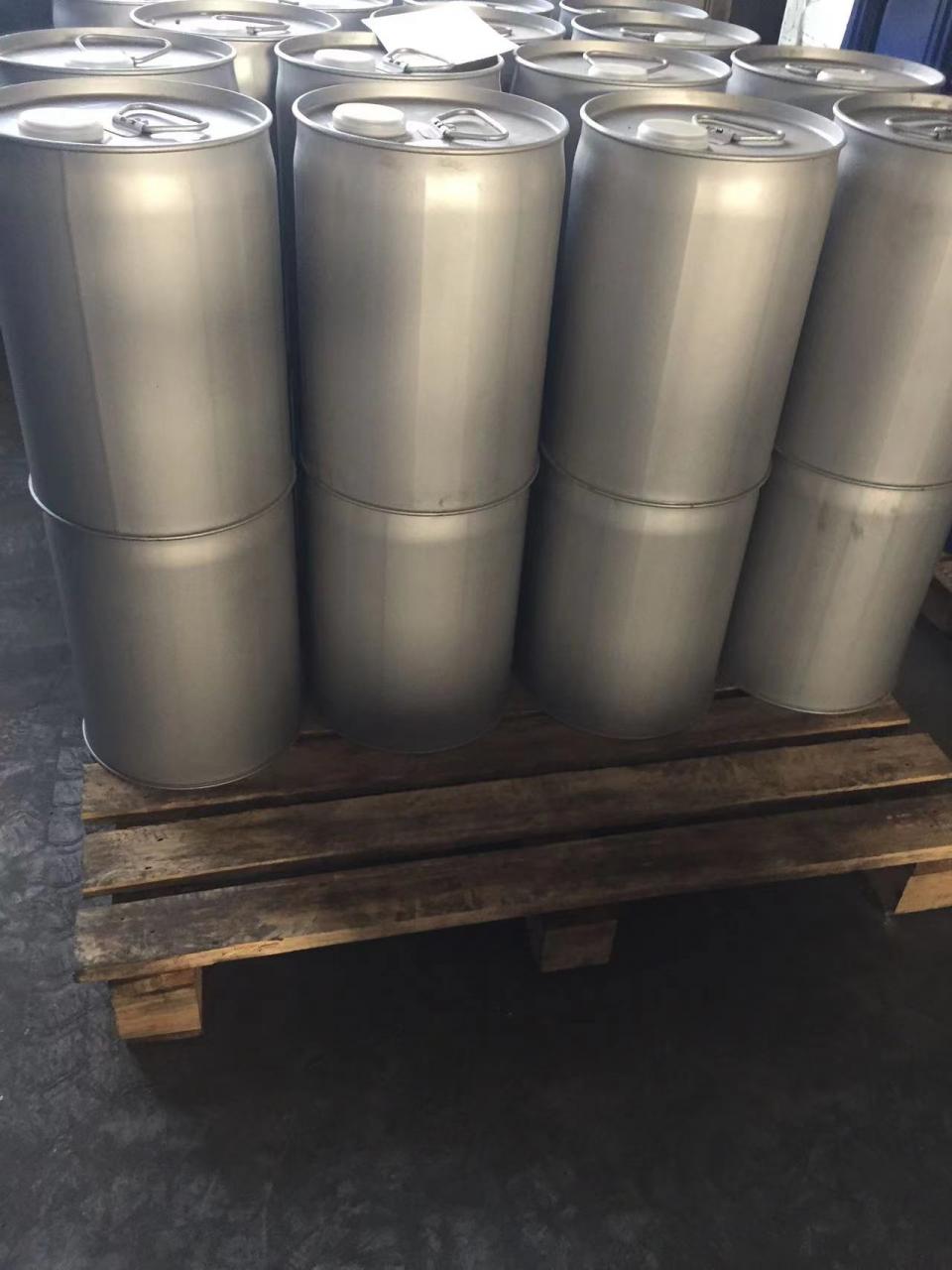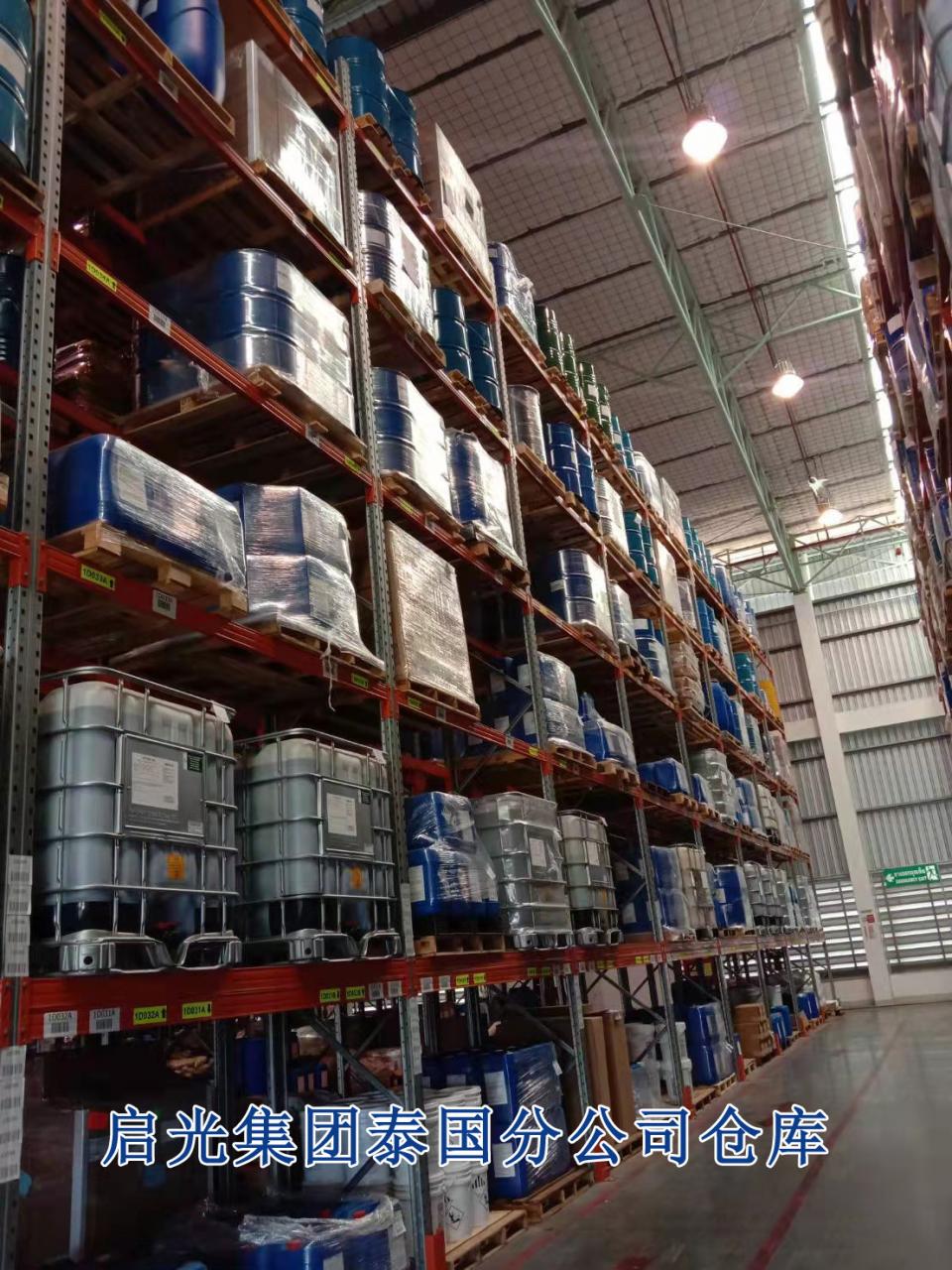Polyurethane foams are characterized by their variable polymer structure to meet the needs of a wide range of applications, and this structural variation is caused not only by the isocyanates and polyols used as raw materials, but also by the different reactions of these raw materials, which are strongly influenced by the type and amount of catalyst used.

The choice of catalyst affects the reactivity of the whole foaming system and the selectivity for some of the individual reactions mentioned above. The reactivity of the foaming system is indicated by the activation time of the system, the curing process, and the demolding or curing time. Changes in the selectivity of the reactions (depending on the change in catalyst selection) affect the balance of the reactions occurring, the type and order of the polymer chains formed, and the fluidity of the foaming system, which in turn affects the processing and physical properties of the polymer.
Commonly used catalysts for polyurethane foaming are tertiary amines, quaternary amines, amine salts and metal nuclei, with tertiary amines being used to promote gelation, limonium salts and thermosensitizing amines (e.g., diazodicyclocyclic undecane) being used to provide delayed effects. Its typical use is to allow measurement of individual fluxes, e.g. soft blocks. Tin compounds are not easily hydrolyzed and can be blended into systems such as soft molded and rigid foams.
Flexible block foams
Flexible block polyether polyol based foams are typically reaction products catalyzed by tertiary amines used with organotin catalysts, the gummy sugar catalyst can be a dilution of pure compounds such as triethylenediamine and diethyl ether, or a mixture with optimized properties. Typical tin catalysts used to enable soft block foaming are pure or diluted stannous octanoate, and blends with excellent properties can be used on specialized foaming equipment to improve processability, have a wide range of formulations, and reduce differences in foam physical properties.

The reactivity properties required for specialized polyurethane foaming systems are influenced by the type of foaming equipment used, and high resilience (HR) foams are made from polyols capped with ethylene oxide, which is more reactive than the polyols used in conventional flexible foams. Therefore, different types and levels of tin catalysts are usually used. In the production of flexible block polyester foams, the polyols used are very reactive.
Flexible molded foams
Flexible molded foams need to be foamed with the same precision as flexible block foams, and in demolding there are further requirements for fluidity, stability and curing. A mixture of triethylene disulfide and diethyl ether with a small amount of dibutyltin dilaurate is a common catalyst system used in flexible mold foaming systems. Typical by delayed catalysts are often used to make cured foams with sufficient flow to pass through complex shaped molds.
Recently, the focus in automotive parts production has been on the production environment and the odor of the end-product parts, and new developments are available to produce products with volatile gas concentrations below industry standards.
Rigid Foam
Rigid foams have a wide range of uses (including appliances, laminated foams, spray foams, etc.) as well as chemical compositions (polyurethane and polyisocyanurate).
Polyurethane rigid foams are catalyzed by dimethylcyclohexylamine, dimethylethanolamine, triethylenediamine, pentamethyldiethylidene and pentamethyldipropylidene triamines, which can be used alone or in combination. Polyisocyanurate rigid foams are usually prepared from mixtures of trimerization catalysts.

